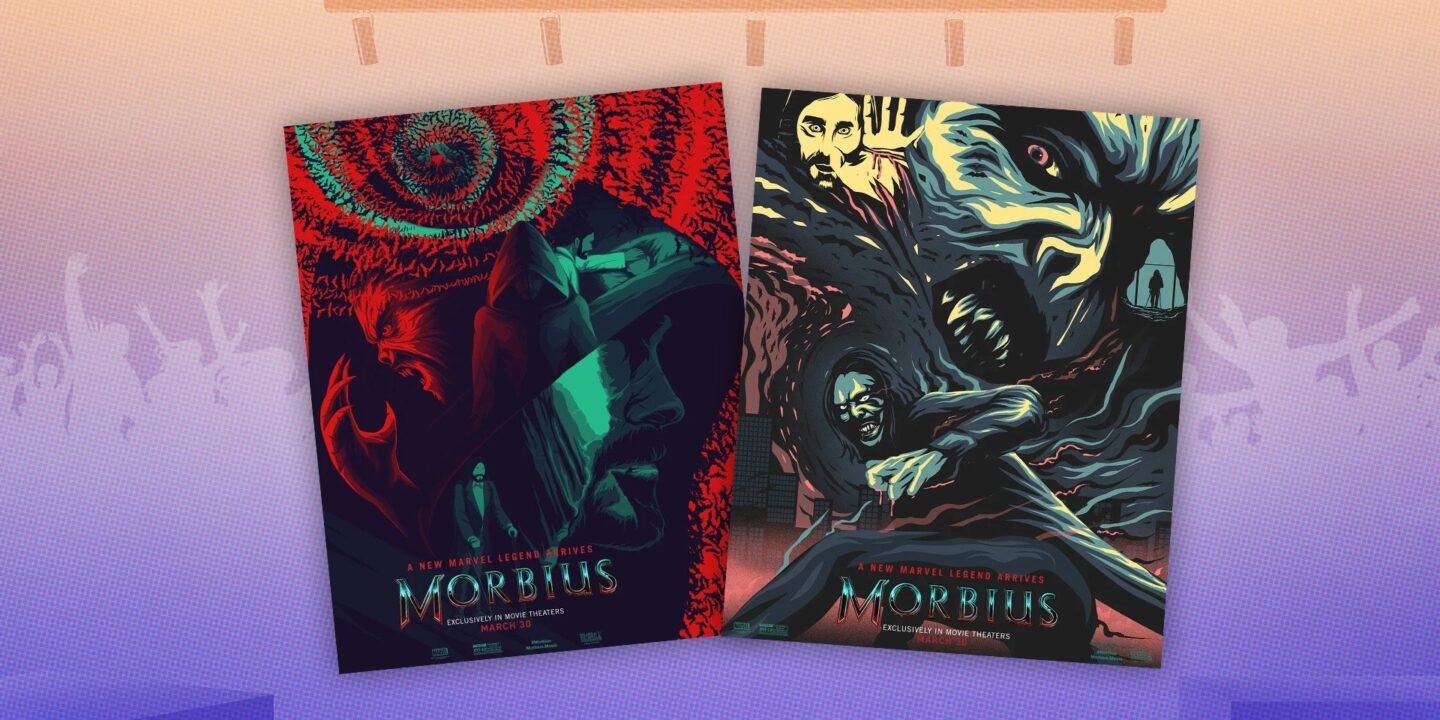
Much like traditional museums and art galleries that we visit, fan art now acts as its own modernized iteration — a space where fans can celebrate the original media while creating new media for others to enjoy and share
MANILA, Philippines – For the longest time, fan art has been an essential part of fandom culture.
Whether it’s something as small as anime characters reimagined as Hogwarts students from the Harry Potter universe, or something as big as crucial Marvel superheroes brought back to life in Avengers: Endgame, fan art is a medium pursued by fans who pour their love and admiration into the media they consume.
In the era of the internet and advanced technology, fan art has been shared digitally. These online spaces have become avenues for fans to express themselves with fellow fans and creators alike — from commissioning artworks and entering art contests to joining art challenges on social media and more.
In 2022, artists Adriann Delmo and Jireh Villafuerte (aka Kyouzins) were two of five winners in Talenthouse’s Morbius global fan art competition, where their artworks were featured as promotional posters for the Philippine premiere.


Much like traditional museums and art galleries that we visit, fan art now acts as its own modernized iteration — a space where fans can celebrate the original media while creating new media for others to enjoy and share.
Reimagined museums and galleries
Given the wide scope of audiences and enthusiasts all over the world, fanart has become the internet’s version of a local museum.
Rather than having art displayed in big-time galleries, these artists turn to social media to share their creativity and imagination with others.
Websites like X, Instagram, and Tumblr serve as 24/7-access galleries where anyone can view and share works. These “galleries” are updated in real time, reflecting not just the artists’ imagination but also current trends and emotional responses in fiction.
A simple drawing can start conversations among fans, giving them more opportunities to share ideas and excitement over their favorite characters and stories. It doesn’t necessarily have to relate to the plot of the media — it can also be reimagined in different “universes.”
An example of fan art being used for reimagining is seen in Filipino artist mangobursts’ artwork posted on X in December 2020. In the post, members of the K-pop group Seventeen are drawn wearing jerseys and positions from the different teams of the popular volleyball anime Haikyuu!!
“Back on my SEVENTEEN agenda! [O]nly this time it’s the other way around,” they wrote in the post, referencing an earlier fan art depicting Haikyuu!! characters as members of the K-pop group in a video.
As a means of livelihood
Today, where everything has a price, people have turned to fan art as a means of livelihood.
Although social media allows artists to show their work for free, it also attracts potential customers who may want to commission personalized pieces. Artists open slots for commissions, drawing different characters or ship pairings for a price. The rate depends on the complexity of the artwork and the time it takes to complete.
https://twitter.com/ArtofNeight/status/1977477495495823667/photo/1
They usually sell their art through platforms like Etsy, RedBubble, or even their own websites to verify ownership and authenticity.
Filipino artist Art of Neight has built a following of over 200,000 combined on X and Instagram as of writing. Known for his art inspired by the 2013 post-apocalyptic anime Attack on Titan, he sells his works through Inprnt and the tiered subscription service Patreon.
In August, he was invited to a booth at the Komiket convention at Ayala Malls Manila Bay, featuring his art from Attack on Titan as well as pieces based on Netflix originals Arcane and K-Pop Demon Hunters.
Fan art vs. AI-generated imagery
As the use artificial intelligence grows across creative and academic spaces, artists are now struggling with the problem art theft — their art stolen without their consent — for use in AI generation processes.
AI websites rely on the input of information to generate text, images, and videos. This often includes countless artworks publicly posted online, leaving artists frustrated over the unauthorized use of their creations.
The use of AI-generated imagery diminishes the time and effort human artists invest in their craft. From conceptualizing to polishing, human hands and minds are behind every authentic piece.
To push back against generative AI, many artists now add watermarks to their works and post disclaimers on their profiles and captions.
Just as art institutions grapple with plagiarism, theft, and uncredited acknowledgment, fan art communities face the same challenges today — intensified by the rise of AI and websites like ChatGPT.
Each piece means something to its creator — whether it was drawn in minutes or over a month — and it can never replace the emotional factor that only human artists can convey.
In this way, fan art in online communities mirrors local museums and galleries, not just in showcasing skill but in protecting creative ownership as well. – Rappler.com
Juliana Chloe Gonzales is a Rappler intern studying AB Communication Arts at the De La Salle University.









